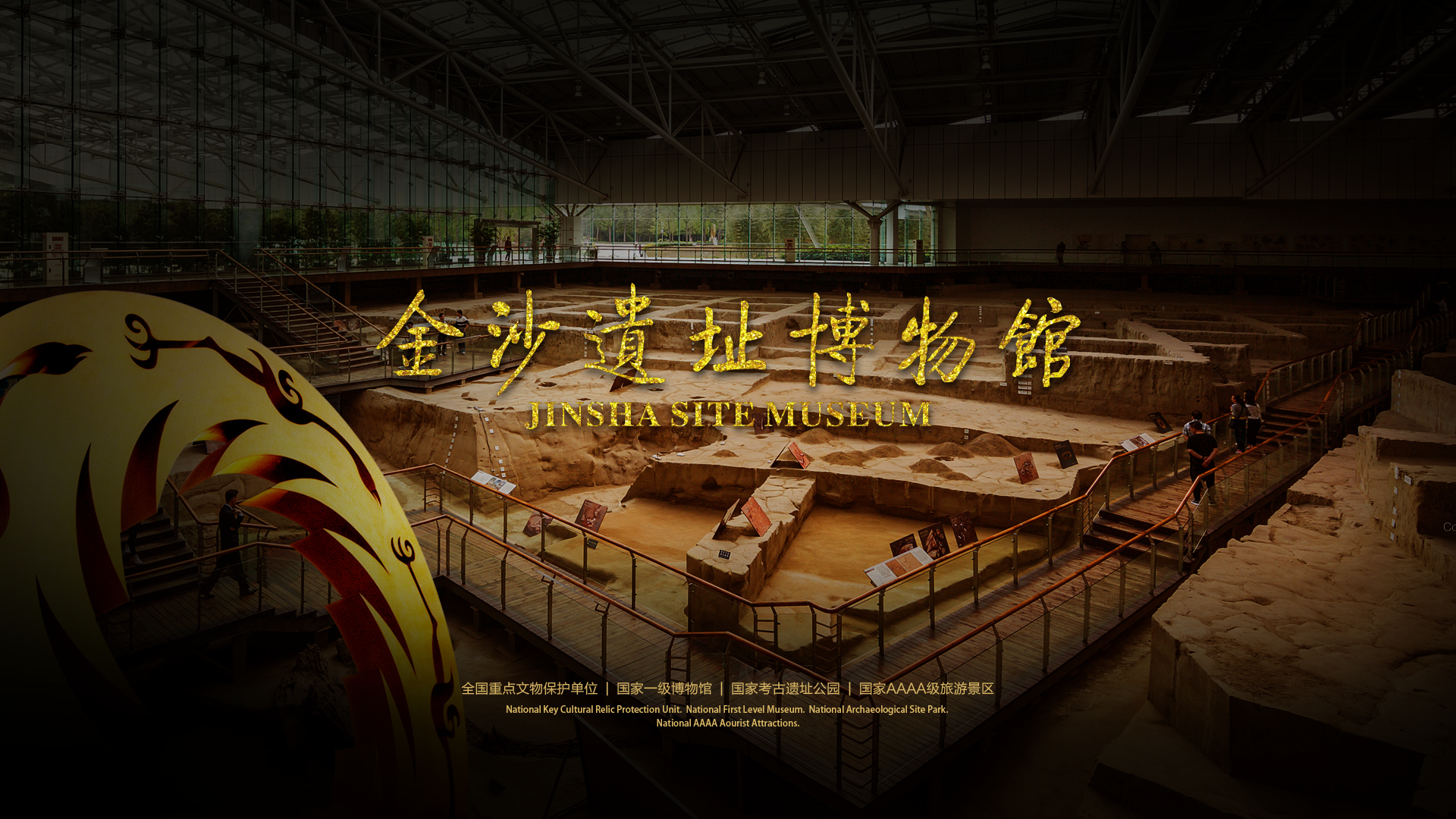Bridging 3,000 Years: Ancient and Modern Civilizations Engage in Dialogue at Jinsha Site Museum
Release Time: 2025-04-18
April 18th marked the 42nd International Day for Monuments and Sites. Thisyear 's theme, “preparing Heritage for Disaster and Conflicts: Lessons from 60 Years of ICOMOS Action,”set the stage for Sichuan's main event co-hosted by Chengdu and Deyang: the “Guardians of Sanxingdui-Jinsha”activity. The event commenced on the morning of April 18th at the Sanxingdui Museum, featuring expert presentations, the launch of the “Sanxingdui-Jinsha Site Guardian Recruitment Plan,”and the release of the “Sanxingdui-Jinsha Micro-Public Welfare Initiative,”proving a vibrant opening to the series of activities.
Complementing this, the Chengdu Jinsha Site Museum, in collaboration with the Chengdu Museum, the Qingyang District Cultural Relics Management Office, and the Qingyang District Fire and Rescue Brigade, presented the special event: "Sanxingdui-Jinsha: A Dialogue Across Time, Safeguarding Civilization." This initiative offered the public a unique opportunity to interact face-to-face with archaeologists, cultural heritage conservation experts, and firefighters. Together, they explored the ancient Shu kingdom's water management wisdom, raised awareness about disaster prevention and mitigation, and underscored the collective responsibility to protect precious cultural heritage.
"Imagine this: the ivory here wasn't counted by the piece, but by the ton!" Standing beside the sacrificial area's soil layers, guide Yong Xi vividly unveiled a fascinating piece of history. Before the construction of the Dujiangyan irrigation system on the Chengdu Plain, rivers frequently flooded catastrophically. Ancient Shu people, perhaps believing ivory possessed the mystical power to subdue "aquatic spirits," bound massive quantities of ivory to elm wood and sank them into the river, praying for the floods to cease.
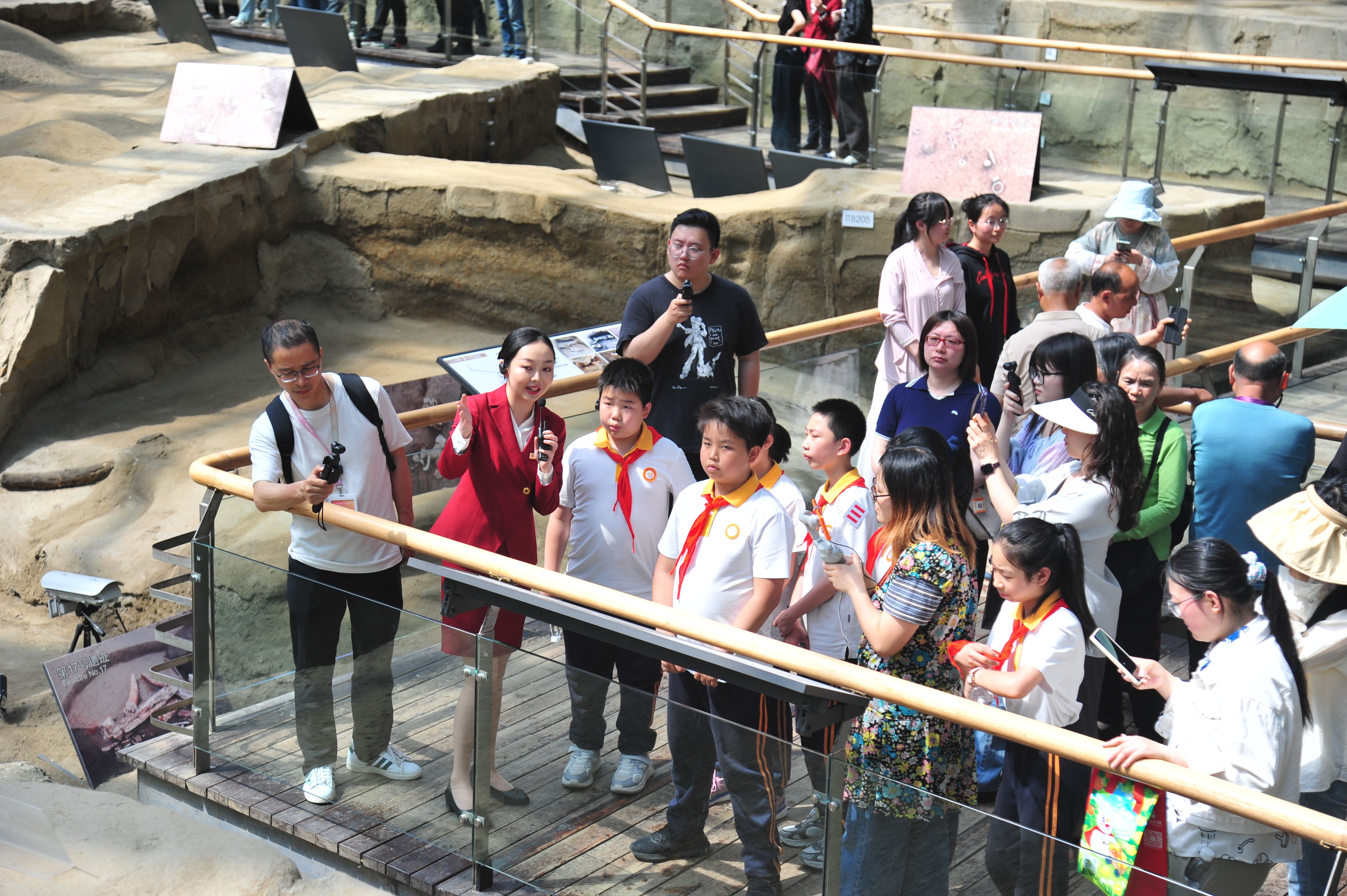
Archaeologist Huang Ming delved into the distinctive "flexible flood control" strategies of the ancient Shu people, drawing comparisons with water management approaches in the Liangzhu culture and Mesopotamia. He explained how the Shu utilized bamboo and wood materials, and diverted floodwaters by working with the terrain. This low-cost, sustainable approach offered the audience a tangible understanding of the ecological wisdom displayed by the ancient Shu in confronting natural disasters.
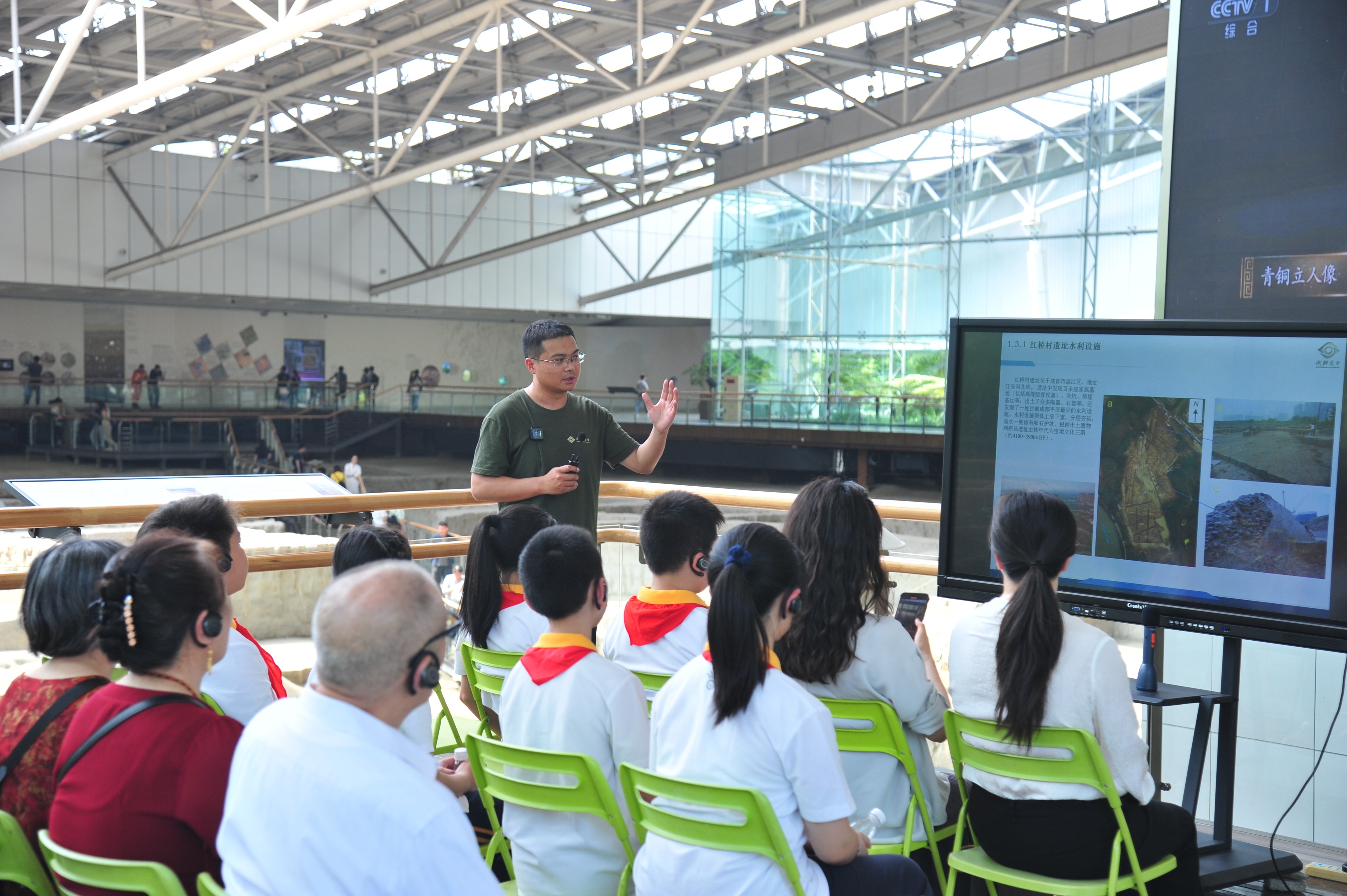
Cultural heritage conservation expert Qu Jin led the public into the enigmatic Earthen Site Monitoring and Conservation Laboratory for an extraordinary journey of discovery. "The Jinsha Site is an earthen site in a humid environment," she noted. "Factors like the moist climate and drastic fluctuations in groundwater pose significant threats to the sacrificial area." From a modern scientific perspective, Qu detailed the proactive conservation efforts underway at Jinsha, allowing the public to directly appreciate the scientific rigor and painstaking efforts behind cultural relics preservation.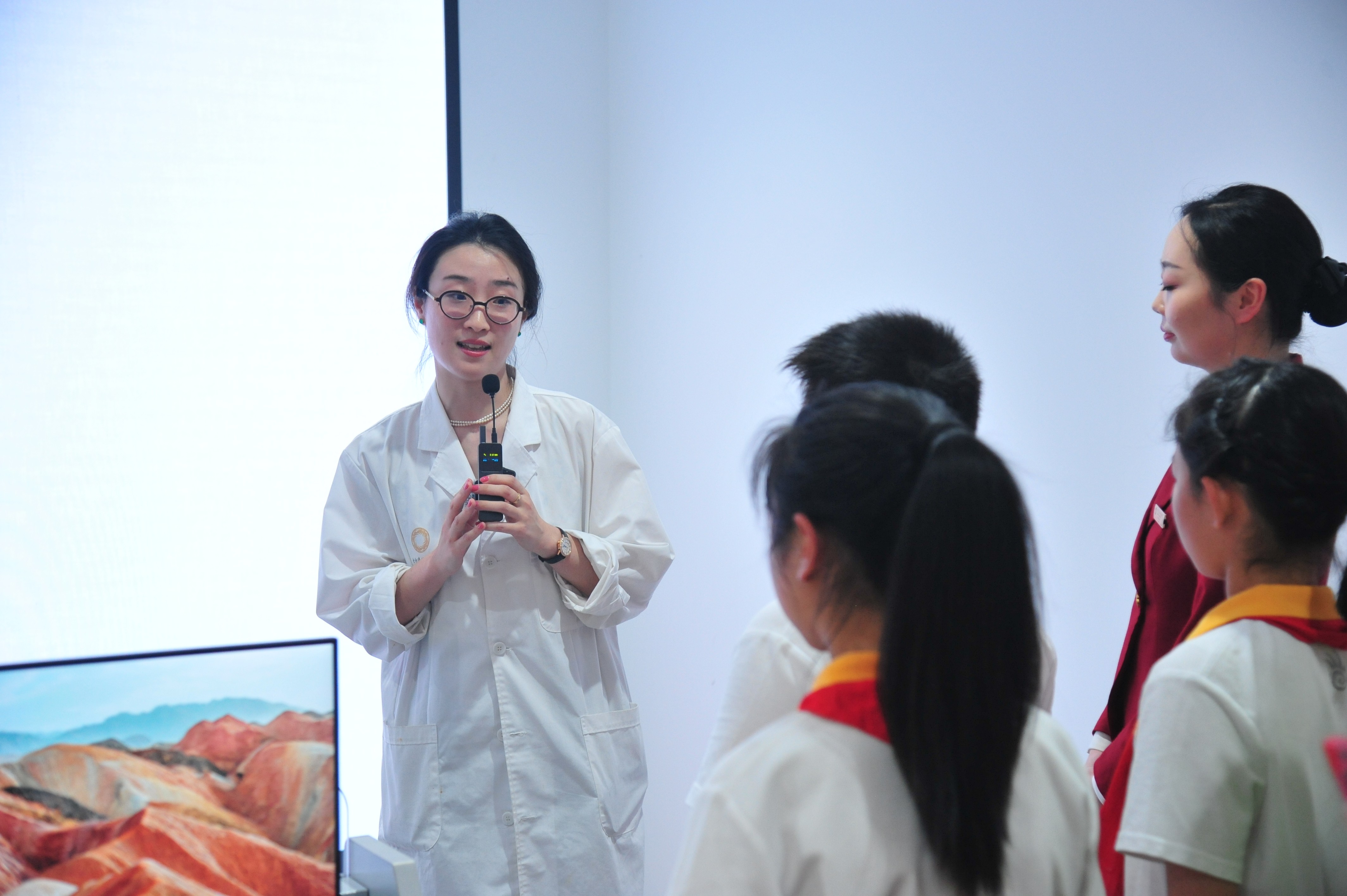
Fire also represents a major threat to cultural heritage safety. To enhance public disaster preparedness, firefighters were on-site demonstrating specialized equipment like power chain saws, rescue saws, and firefighting/rescue suits. They also provided hands-on instruction in practical knot-tying techniques.
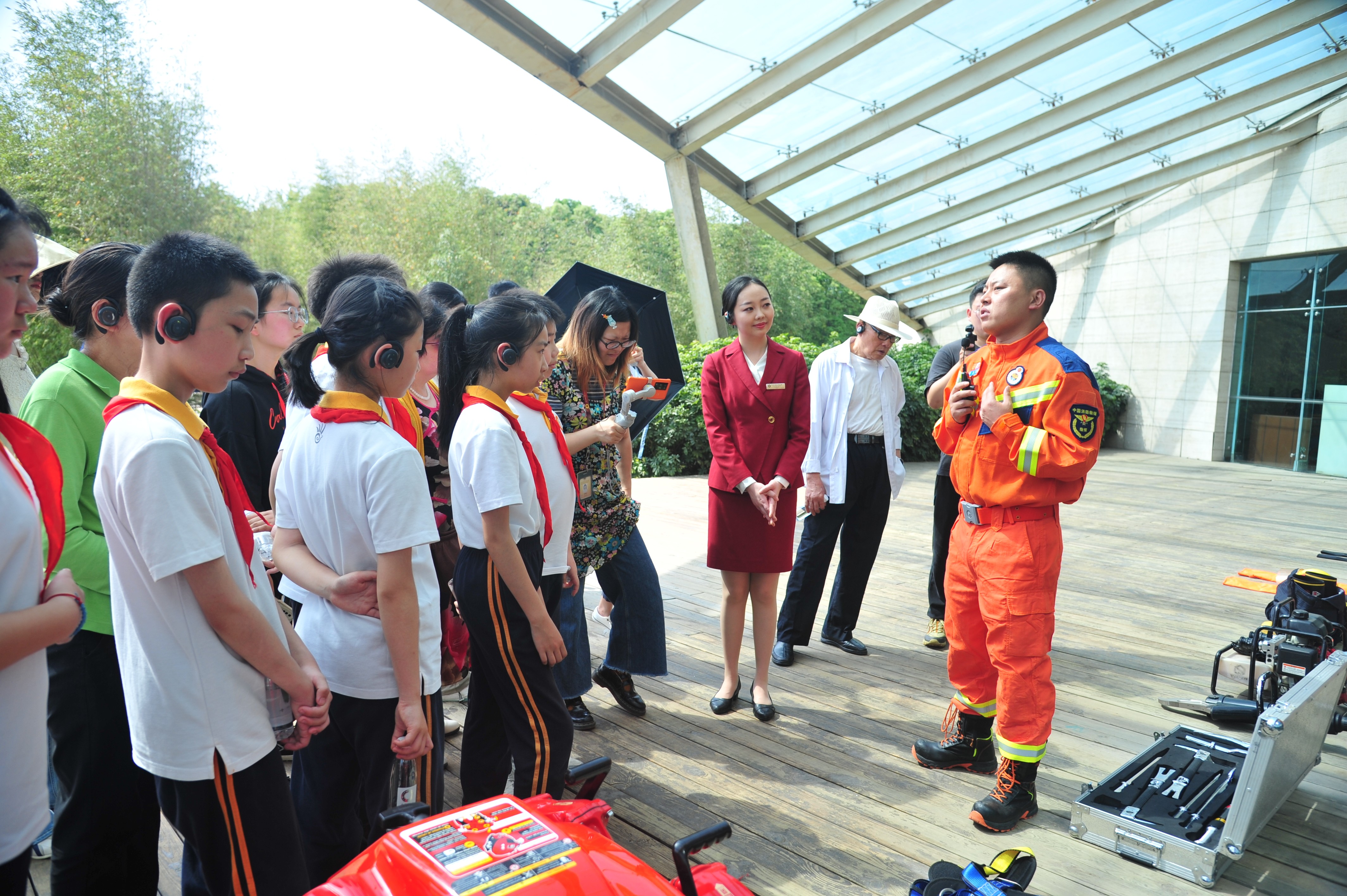
(志愿者韩竹蓉译)


